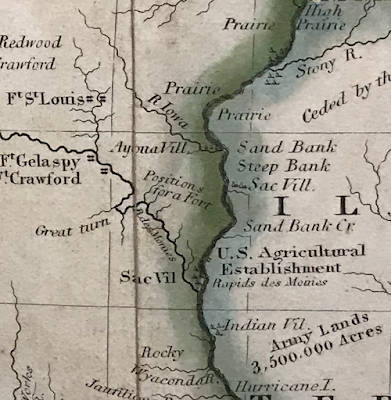This map, via Project Gutenberg, shows the battle lines of April 10, 1918 and the areas of France and Britain that could be reached by the German guns that had been used used to shell Paris a few weeks previously.
The map is from The Story of the Great War. This quote provides context.
The map is from The Story of the Great War. This quote provides context.
"The Germans sprung a new form of frightfulness on the Allies when at 8 o'clock in the morning of March 23, 1918, they bombarded Paris with long-range guns. At intervals of about twenty minutes shells of 240 millimeters (about 9.5 inches) reached the capital, killing ten persons and wounding others. The shortest distance from Paris to the front was over sixty-two miles. The first daylight aeroplane raid followed this bombardment, but did little damage. Public interest was centered on the mysterious gun that could drop shells on the city from such a great distance. Pieces of shells examined were found to bear rifling marks showing that they had not been dropped, but were fired from some kind of gun. Later the French located several of these "mystery guns," and some were destroyed. The only purpose they could serve was to terrify the people of Paris, otherwise they were of no military importance."Here's a zoomed in view to better appreciate the details.



















